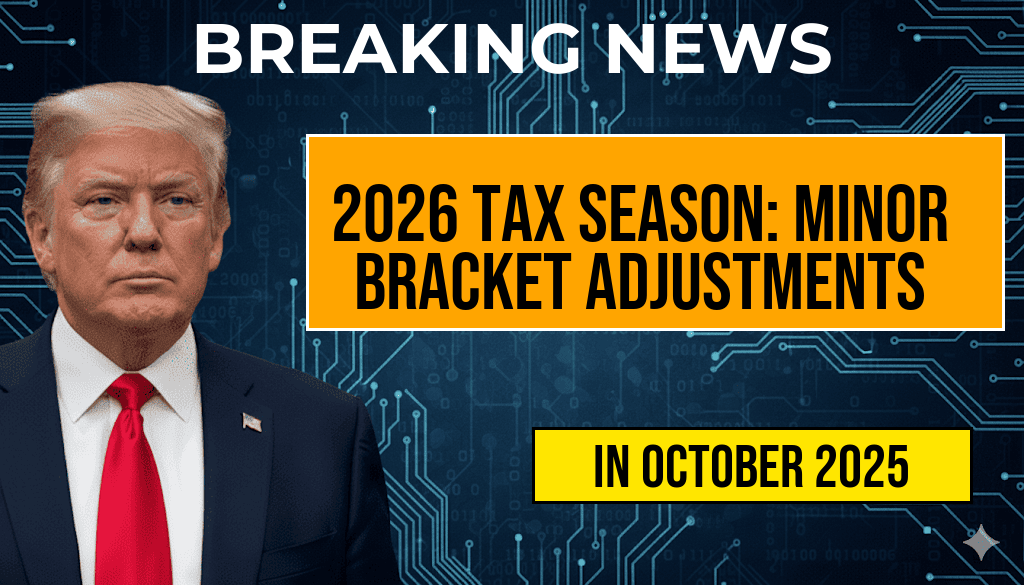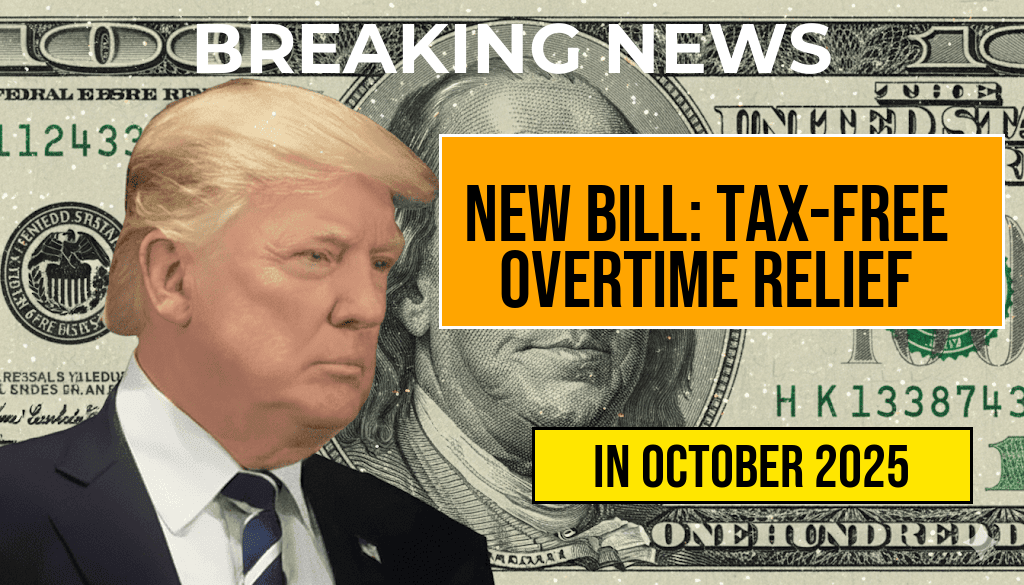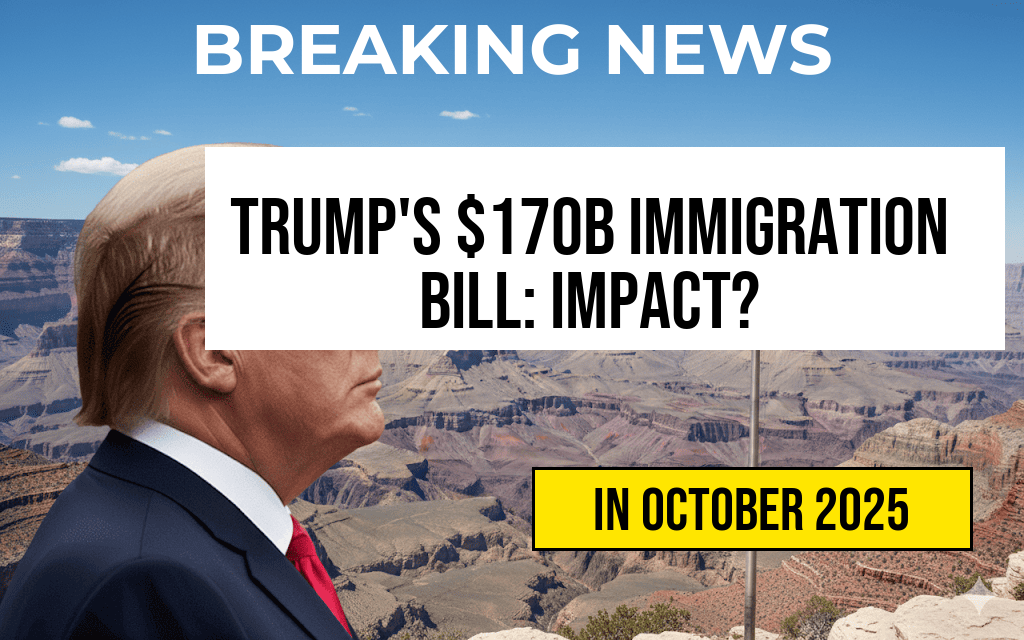As the 2026 tax season approaches, taxpayers may find some relief amid minor adjustments to income tax brackets, according to a recent forecast by Bloomberg. These adjustments, driven by inflation and other economic factors, are expected to provide significant savings for many individuals and families. By slightly increasing the income thresholds for various tax brackets, the new regulations could mean hundreds of dollars back in taxpayers’ pockets. With the IRS poised to announce these adjustments officially in the upcoming months, it’s vital for taxpayers to understand how these changes could impact their tax liabilities and overall financial planning.
Understanding the Tax Bracket Adjustments
The tax brackets are designed to apply different rates to different levels of income, ensuring a progressive tax system. The expected adjustments in 2026 could affect the following income brackets:
- 10% Rate: This bracket typically applies to the lowest income earners.
- 12% Rate: This rate generally affects moderate-income households.
- 22% Rate: Many middle-class Americans fall into this bracket.
- 24% Rate: This rate is often applied to upper-middle-income earners.
- 32% Rate: Higher earners will see changes here as well.
- 35% and 37% Rates: These brackets affect the highest income levels.
Projected Changes to Income Thresholds
Bloomberg’s analysis indicates that the income thresholds for these brackets will see slight increases. These adjustments are primarily a response to inflation rates and cost-of-living increases that have been observed over the past few years. Below is a table summarizing the projected changes:
| Tax Rate | Current Income Threshold | Projected 2026 Income Threshold | Estimated Savings |
|---|---|---|---|
| 10% | $0 – $10,275 | $0 – $10,500 | Varies |
| 12% | $10,276 – $41,775 | $10,501 – $42,000 | Varies |
| 22% | $41,776 – $89,075 | $42,001 – $90,000 | Varies |
| 24% | $89,076 – $170,050 | $90,001 – $172,000 | Varies |
| 32% | $170,051 – $215,950 | $172,001 – $220,000 | Varies |
| 35% | $215,951 – $539,900 | $220,001 – $550,000 | Varies |
| 37% | Over $539,900 | Over $550,000 | Varies |
Implications for Taxpayers
For many taxpayers, these minor adjustments could translate into tangible savings on their tax bills. Households that find themselves at the cusp of a tax bracket may benefit the most, potentially lowering their effective tax rate. Additionally, these changes are significant in light of rising living costs, making them a crucial consideration for financial planning.
Tax experts are advising individuals to reassess their withholding amounts and adjust their financial strategies accordingly. By leveraging the new thresholds, taxpayers could better manage their finances throughout the year, allowing for more accurate budgeting and savings.
Staying Informed
As the IRS finalizes these adjustments, it’s essential for taxpayers to stay informed. The IRS is expected to release updated guidelines and official numbers well ahead of the 2026 tax filing season. Taxpayers can access the latest information through reputable sources such as the IRS website or financial news outlets like Forbes.
Understanding these changes can empower taxpayers to make strategic decisions that could result in substantial savings. Being proactive and informed can lead to a more manageable tax season, allowing families to allocate their resources effectively. As we move closer to 2026, keeping an eye on these developments will be crucial for effective financial planning.
Frequently Asked Questions
What are the expected changes for the 2026 tax season?
The 2026 tax season is anticipated to see minor bracket adjustments that could lead to significant savings for taxpayers, potentially saving individuals hundreds of dollars.
How will these bracket adjustments affect my tax bill?
The bracket adjustments are designed to account for inflation, which means taxpayers may find themselves in a lower tax bracket than before, ultimately reducing their overall tax liability.
Who will benefit the most from these adjustments?
Individuals in the middle-income range are likely to see the most benefits from the minor adjustments, as these changes can help them retain more of their earnings and lessen their tax burden.
When will these changes take effect?
The anticipated tax bracket adjustments are expected to take effect for the 2026 tax year, meaning they will be relevant for tax filings in early 2027.
Should I adjust my withholdings in anticipation of these changes?
It may be wise to consult with a tax professional to determine if you should adjust your withholdings. The upcoming bracket adjustments could impact your overall tax strategy and financial planning.






